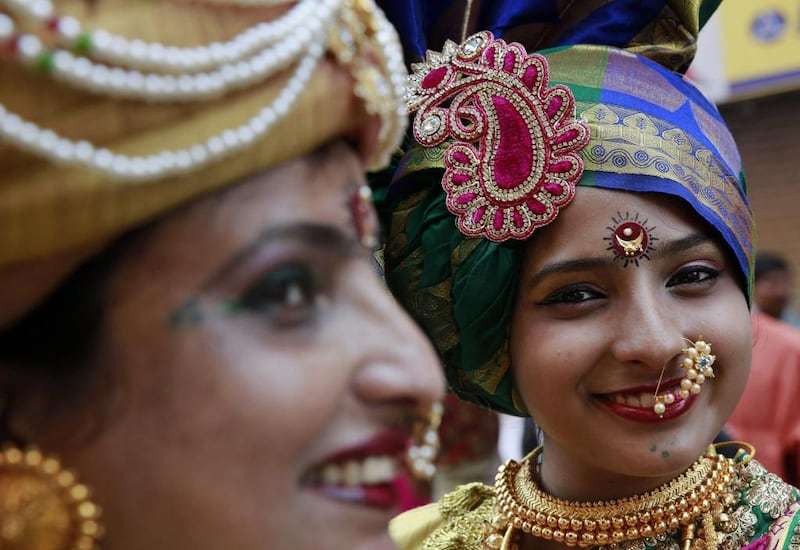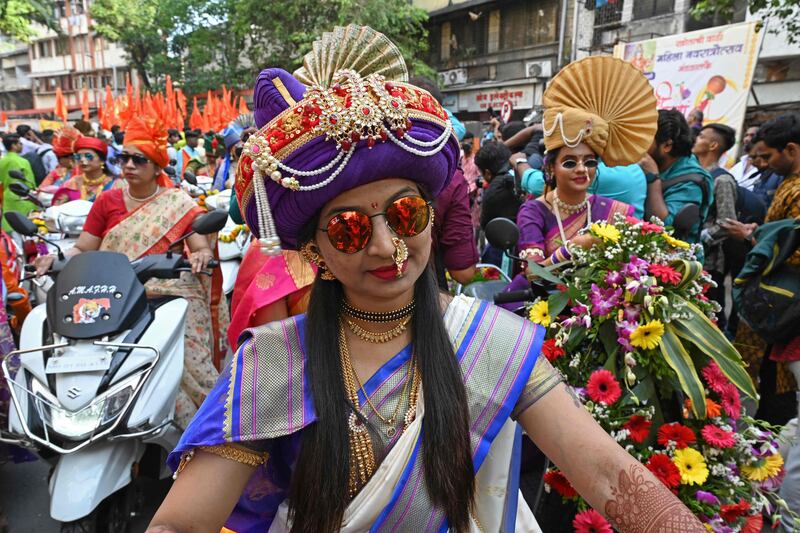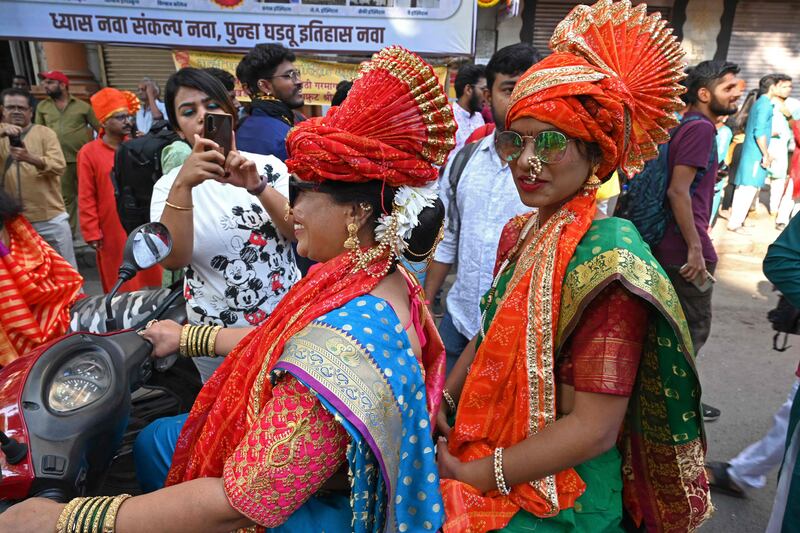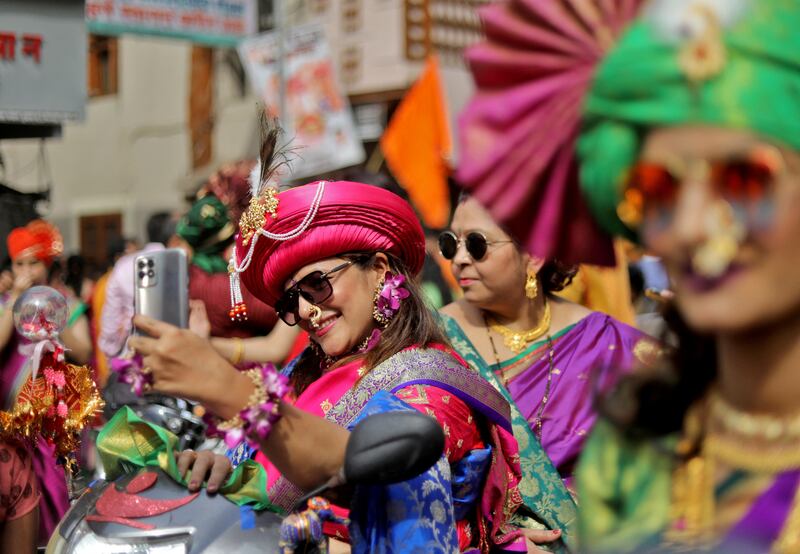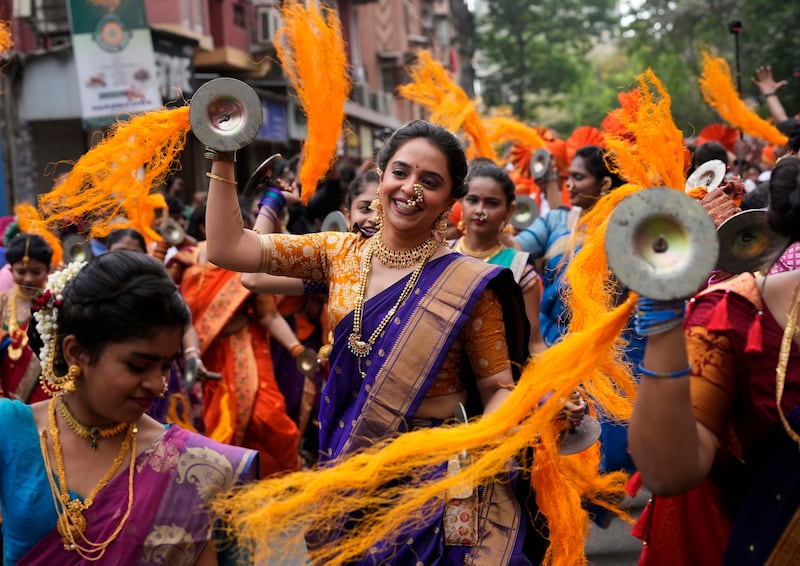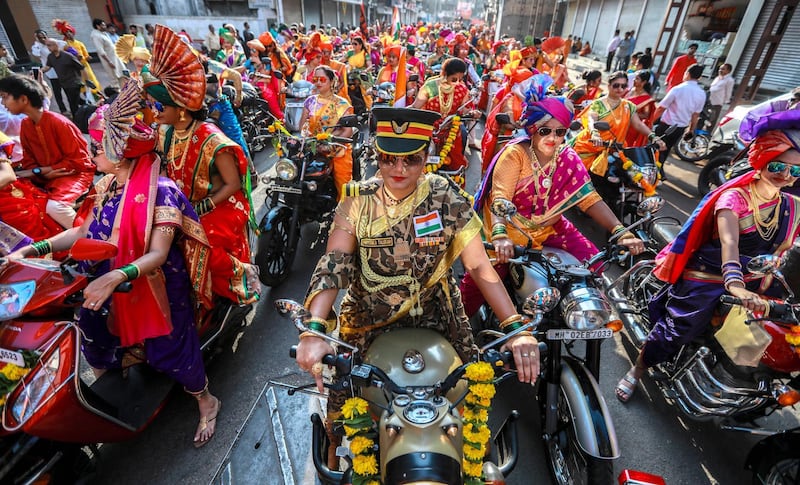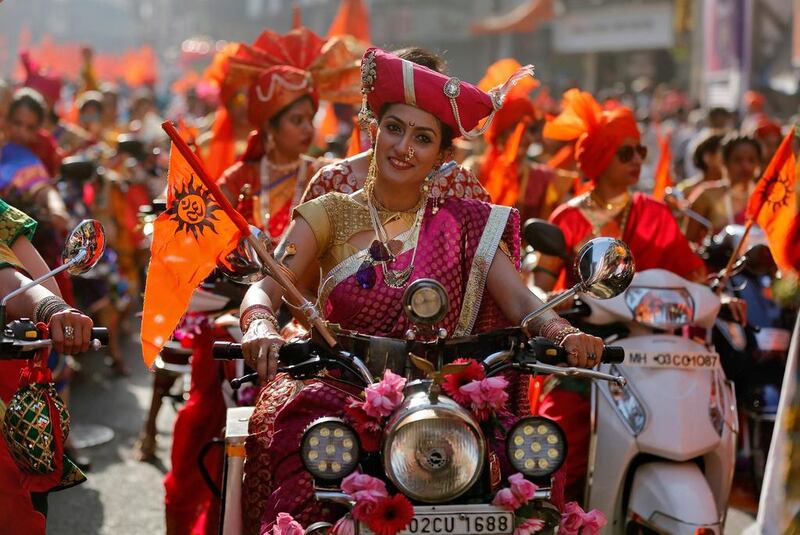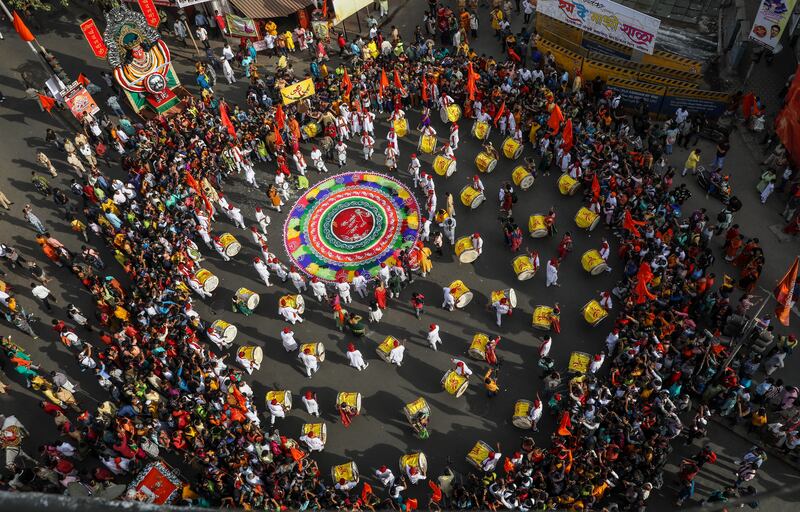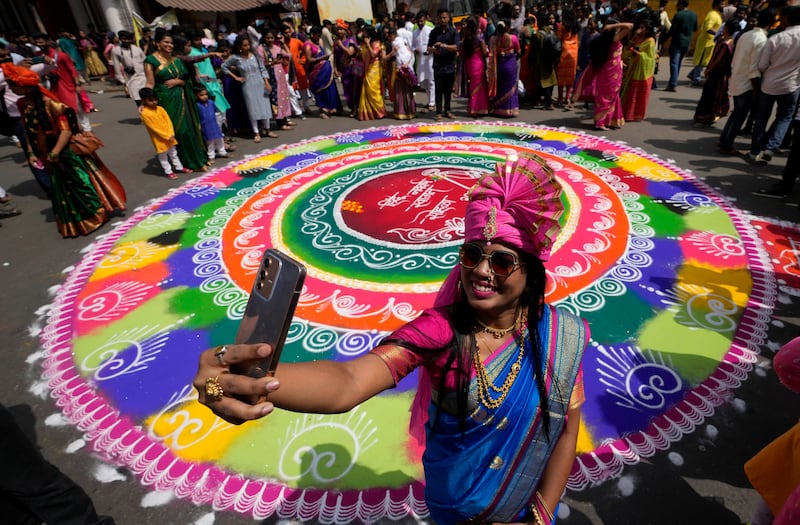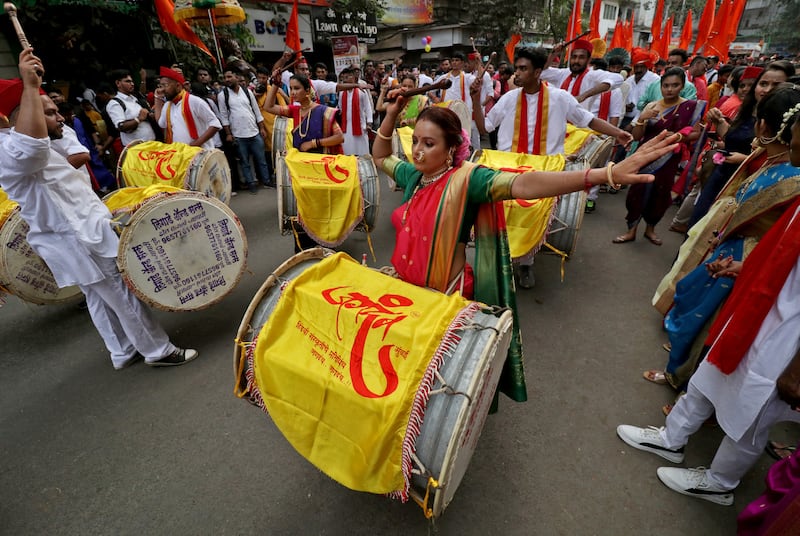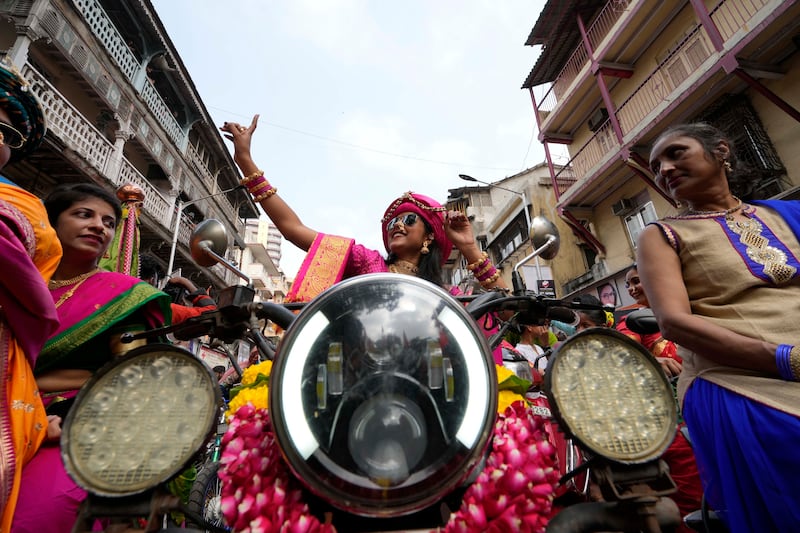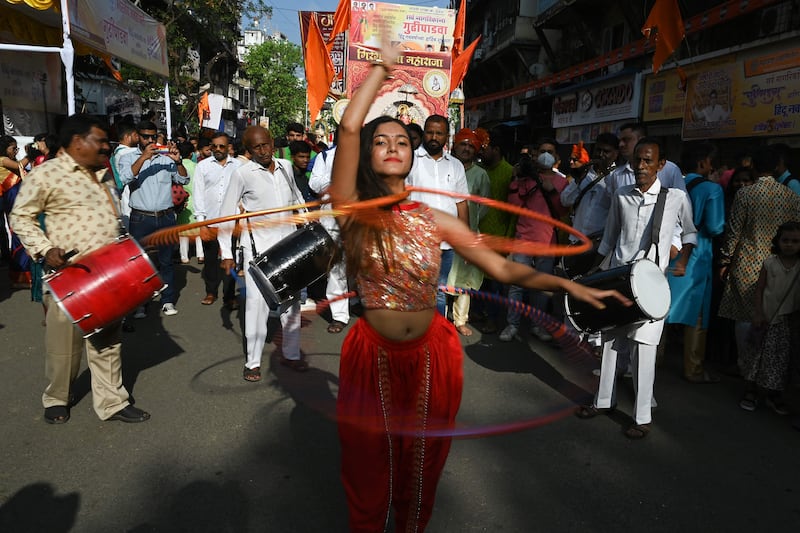Every spring, Hindus in many parts of India celebrate Gudi Padwa to mark the beginning of the harvest season and the traditional new year.
While heralding the arrival of spring and the reaping of crops, the festival is linked to the mythical day on which the Hindu god Brahma created time and the universe. To some, it also commemorates the coronation of Ram in Ayodhya after his victory over the evil Ravana — and therefore marks the triumph of good over evil.
While a massive festival in Maharashtra and the South Indian states of Karnataka, Andhra Pradesh and Telangana — where it's known as Ugadi — the festival is not, however, pan-Indian. Hindus in other parts of India mark the occasion under different names, and on varying dates.
Gudi means flag, while padwa comes from a Sanskrit word meaning the first day of a lunar fortnight.
When is Gudi Padwa or Ugadi?
The festival marks the start of Chaitra, the first month of the lunisolar Hindu calendar and it generally falls in late March or early April of the Gregorian calendar. This year, it falls on Wednesday, March 22.
Scroll through the gallery below for more pictures of Gudi Padwa celebrations
The first day of the festival also marks the beginning of the nine-day Navratri festival, observed by some Hindus. There are four Navratri festivals annually in the Hindu calendar, with the Sharada Navratri, or the autumn Navratri, being the most important.
How is it celebrated?
For observers, the day usually begins with a ritual shower early in the morning and the application of perfumed oil, followed by prayers.
Gudis are hoisted outside homes to bring good luck. A gudi usually consists of a bright silk scarf tied to the top of a bamboo stick. Boughs of neem, considered to be of divine origin, are also tied to the top along with flowers. The arrangement is capped with an upturned copper or steel pot. Gudis are believed to ward off evil and invite prosperity.
Homes are thoroughly cleaned and decorated with colourful rangolis made using flour, rice grains and coloured chalk to bring good fortune.
In Maharashtra, huge street processions take place, with revellers dressed in their traditional best to hoist gudis and dance to music. In South India, the festival is marked by family gatherings, sumptuous feasts and prayers.
